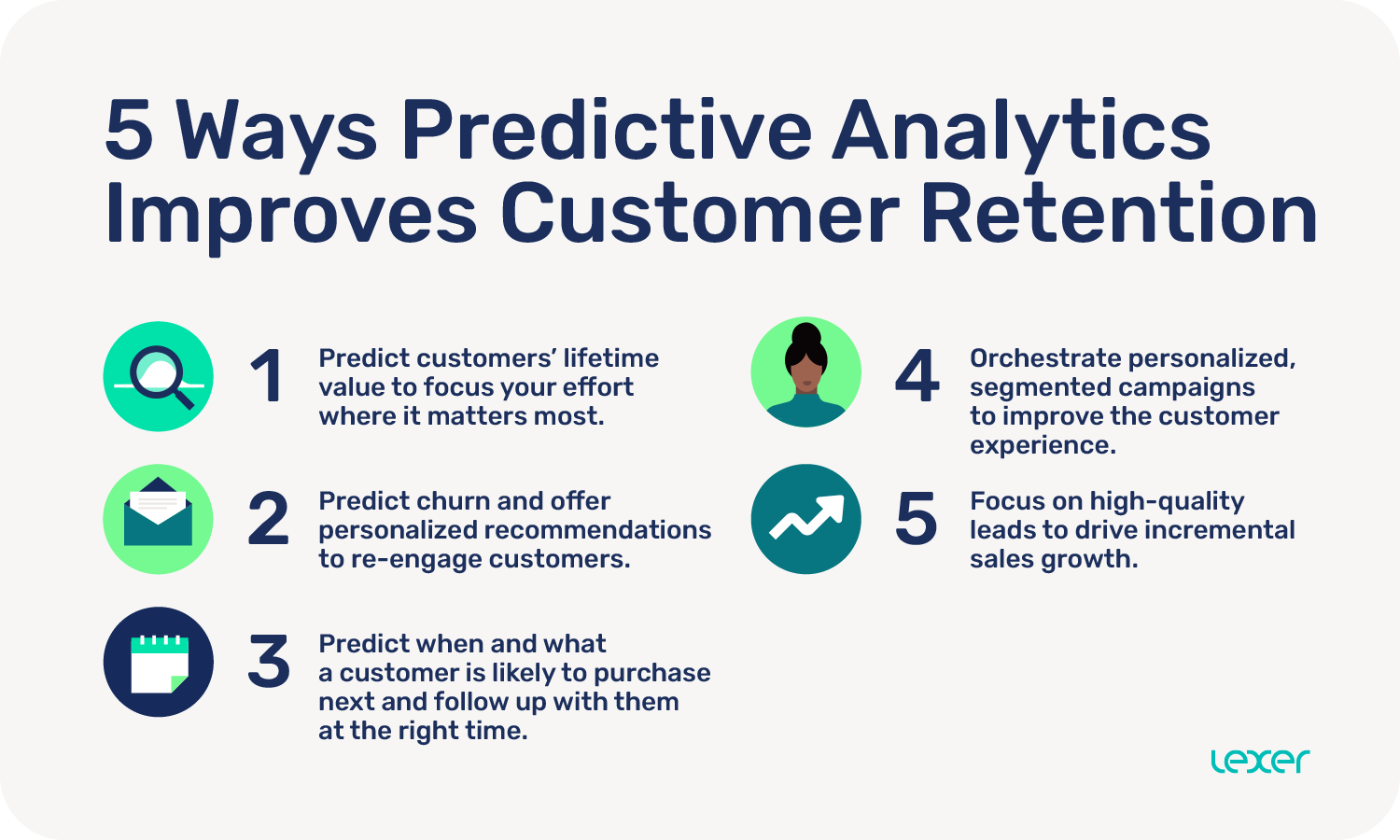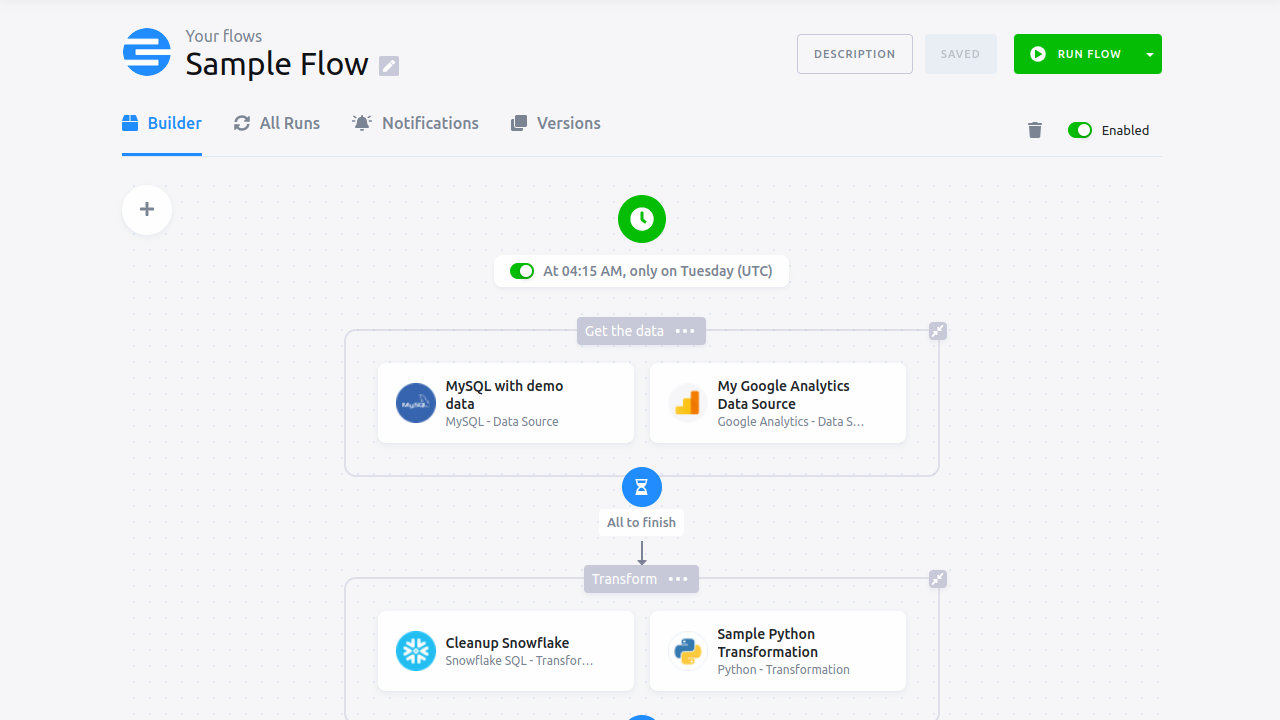In the ever-evolving e-commerce landscape, staying ahead of the competition requires a deep understanding of customer behaviour and preferences. Data mining and predictive analytics have emerged as crucial tools for businesses looking to enhance customer engagement throughout the different stages of the buying journey.
I write about some advanced techniques that can revolutionize customer understanding and drive effective marketing strategies. We'll delve into the consideration, retention, and awareness stages, unravelling the potential of data-driven decision-making.
Understanding Customer Consideration: Data Mining for Informed Product Recommendations
Mapping Navigation Patterns: Data mining allows businesses to analyze customer website navigation patterns. By understanding customers' journeys, businesses can recommend products that align with their preferences and needs.
Integration with DSP for Enhanced Insights: Integrating data mining with Demand-Side Platforms (DSP) provides a deeper understanding of customers' previous navigation. By predicting the products customers are likely searching for, businesses can optimize their offerings to cater to specific problem-solving needs.

Identifying and Managing Customer Churn: Techniques for Retention
Churn Indicators:
- Time Spent Metrics: Analyzing customers' spending on e-commerce platforms or specific product categories can signal potential disinterest.
- Order Frequency Analysis: Examining the spread of average time between orders based on customer segments helps identify deviations.
- Unsubscription Patterns: Monitoring customer unsubscriptions provides insights into dissatisfaction.
Enhancing Customer Loyalty:
- Trending Products and Topics: Identifying trending topics and products helps businesses stay relevant to customer interests.
- Cross-Selling and Upselling Insights: Analyzing the most successful cross-selling and upselling products within customer segments enhances loyalty.
- Interactive Feedback and Surveys: Engaging customers in creating new products improves satisfaction and loyalty.
- Live Events and Follow-Up Sequences: Hosting live events and implementing follow-up sequences based on customer interactions foster ongoing engagement.
- User-Generated Content: Encouraging customers to create content related to their preferences and experiences builds a sense of community.
Building a Comprehensive Data-Driven Strategy for Market Trends: Awareness Stage Optimization
Blending Data Sources:
- Social Media Trends Analysis: Social media platforms are valuable indicators of emerging market trends. Analyzing platforms like Twitter, Instagram, and LinkedIn helps spot real-time trends.
- Google Trends Exploration: Utilizing Google Trends offers insights into search patterns and rising interests.
- Market Data Gathering (Statista): Leveraging market data from reliable sources like Statista provides a broader understanding of industry trends.
- Customer Data Integration: Combining internal customer data with external trends enhances the accuracy of predictions.
- Data Banks Purchase: Acquiring data from reputable data banks supplements existing data sources.

Finding Opportunities:
- Identifying Emerging Trends: By combining various data sources, businesses can identify trends and potential opportunities for expansion or innovation.
- Adapting Marketing Tactics: Crafting marketing strategies based on identified trends ensures businesses are well-positioned to capitalize on market shifts.
In the dynamic world of e-commerce, leveraging data mining and predictive analytics is no longer an option but a necessity.
From understanding customer consideration to managing retention and optimizing awareness stage marketing, these techniques empower businesses to make informed decisions, enhance customer satisfaction, and stay ahead of the curve in a highly competitive market.
As you embark on this data-driven journey, remember that the true power lies in adapting and evolving with the ever-changing landscape of consumer preferences and market dynamics.
